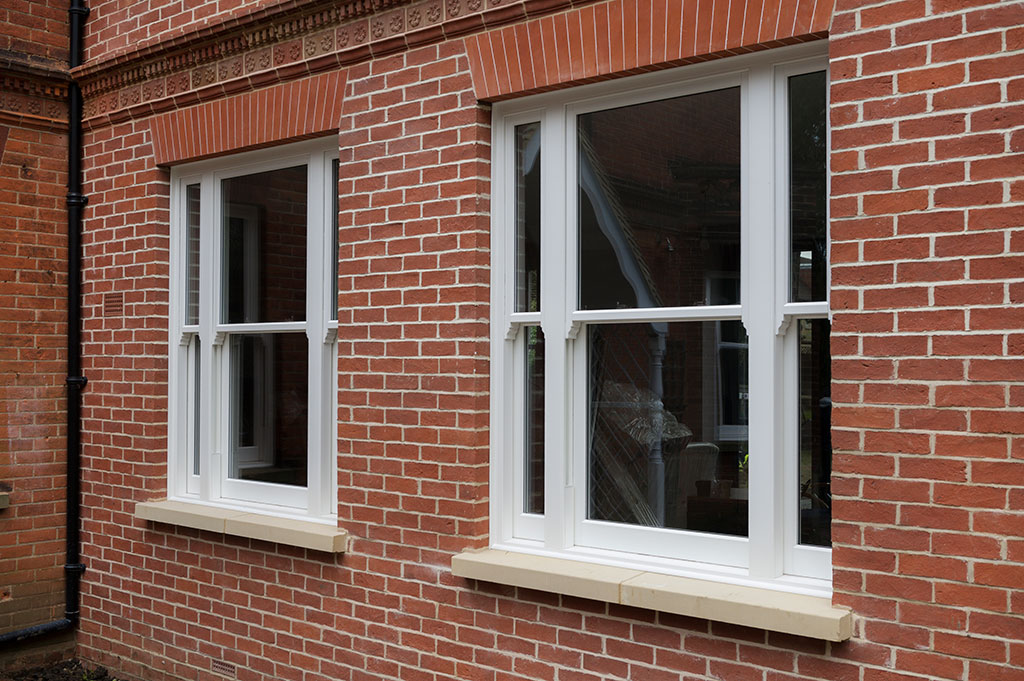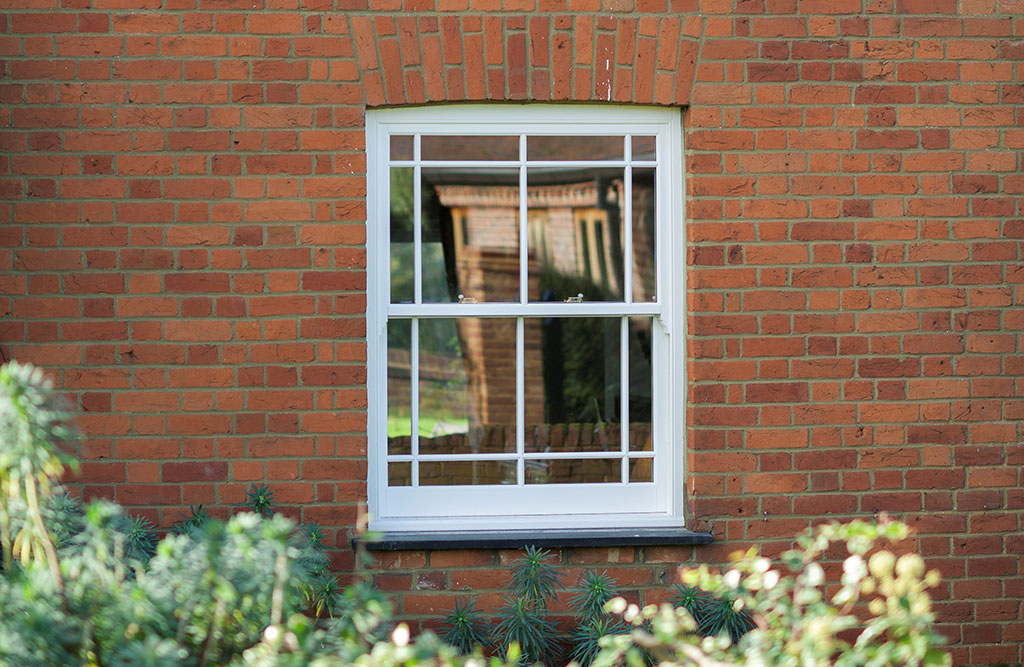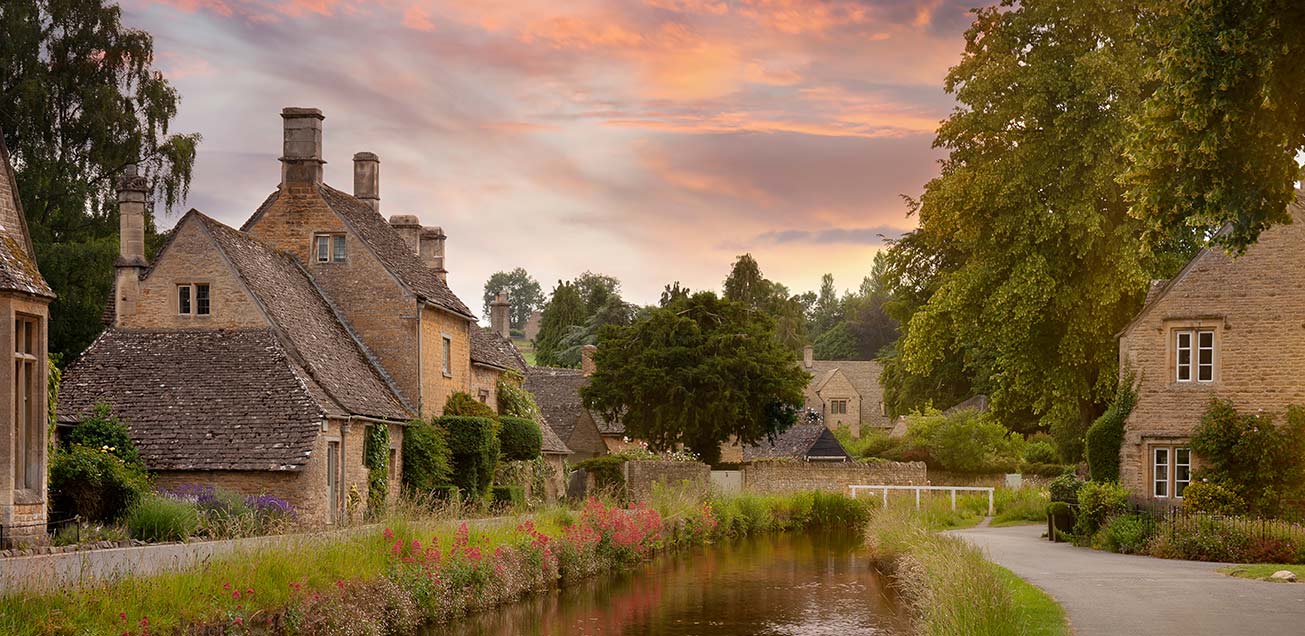Category: Masterframe
NEW DRAFT PRACTICE ADVICE FROM ENGLISH HERITAGE
English Heritage have recently produced new draft Good Practice Advice that when finalised, will become highly influential to how local planning authorities deal with proposed changes in Conservation Areas and Listed Buildings.
Our Town Planning Advisor looks at the role of this Advice, and considers the likely impact on those wanting to install replacement double glazing?
He challenges whether the draft Advice really does what it needs to do to take onboard the changes introduced in the National Planning Policy Framework and whether it adequately addresses new innovations in design and manufacturer of construction products such as double glazing to offer improved visual appearance and energy performance to meet the ‘carbon challenge’?
Does it for example, allow proper evaluation of the benefits of the new slim Bygone Symphony?
The changing nature and role of government guidance
The Coalition Government has introduced many changes to streamline, deregulate and reform the planning system; the key document leading this was a single shorter National Planning Policy Framework (NPPF) that replaced a whole raft of government issued national planning guidance and policy documents that were critically important in guiding how local authorities dealt with planning applications.
One of these policy documents was ‘PPS5 Planning for the Historic Environment’, which was in turn supported by a detailed ‘Historic Environment Planning Practice Guide.’
The shorter NPPF and removal of government authored detailed supporting technical advice has arguably left local planning authorities and developers a freer hand, but it has also created a vacuum of authoritative up-to-date detailed advice, and this allows greater inconsistency between local authorities individual approaches.
Also, as some local authorities have clung onto old ‘discontinued’ guidance and attitudes this all means they become increasingly out of date with the latest innovations in new construction products and techniques, such as the new slimmer Bygone Symphony.
Filling the information gap
Different specialist organisations are now producing a range of specialist advice to influence and fill this void. The advice offered by English Heritage will no doubt be thorough and highly influential, but nevertheless, it does reflect a particular point of view, for example, about how a proper balance is struck between the need to protect heritage and to allow homes to be affordably adapted to meet the climate challenge.
Such issues are central to the ‘presumption in favour of sustainable development’ introduced by the NPPF, so while the new English Heritage Good Practice Advice may be presented as a replacement for the previous government Practice Guide, I question whether it properly balanced?
The roles of English Heritage and local planning authorities
English Heritage has great expertise and a statutory role to promote the conservation and enjoyment of our heritage – in particular for the most important and biggest sites and buildings of interest. They conduct research, offer training and publicise their expertise but only become directly involved in the most important historic sites and buildings.
Local planning authorities are responsible for most Conservation Buildings and Listed Buildings – but they (and Planning Inspectors) do rely heavily on best practice advice and technical guidance produced by English Heritage.
Draft Good Practice and Technical Advice – Notes 1 to 3
English Heritage recently conducted consultation on three documents of Good Practice and Technical Advice in Planning – which are principally aimed at local planning authorities. Note 1 looks at how Local Plans are prepared and Note 3 looks at how the ‘setting’ of the most important heritage assets such as listed buildings and ancient monuments are defined. Most relevant to us, ‘Note 2 Decision–taking in the Historic Environment’ offers advice on how planning applications are dealt with.
These Notes will also be followed by further ‘Technical Guidance’ on a range of topics outlined in the English Heritage’s published work programme – the National Heritage Protection Plan. However, precisely on what topics, when and how the ‘Technical Guidance’ will be produced is not fully clear.
Clearly their hope is that the Good Practice Notes will become adopted by local planning authorities, Planning Inspectors and endorsed in some measure by government. To lend these credibility the Notes have recently been published for consultation comment. It is anticipated that these will be finalised and published in the Autumn at the same time the joint government / English Heritage prepared Practice Guide is withdrawn.
My response made to the consultation documents
As an independent Charter Town Planner working in the field, I responded to the documents with a number of concerns about Note 2 on Decision-taking in the Historic Environment. Overall I was concerned that some important matters appear to have been missed, and at points the advice appears inconsistent with the wording with that of the NPPF. In particular:
What’s missing…
I am concerned that despite the title, that the Note did not address the “Management of Change” (replacing Part 6 of the previous PPS5 Practice Guide) but their web site says this is to be left for future ‘Technical Guidance’. This part of the advice could include critical detail on attitudes to replacement double glazing versus, say, secondary glazing.
A key issue will be whether it reflects at understanding of the latest innovations in design and slim section PVC-u frames such as that used in the Bygone Symphony?
The role and responsibilities of English Heritage when offering advice…
English Heritage has an important influence on local planning authorities and others, many of whom have not adequately moved-on their mindset from building technologies and materials that have now been vastly improved upon; dating back to the chunky PVC of the late 1990s/early 2000s when much local planning policy was prepared. English Heritage enjoy a privileged and responsible position and should ensure:
(a) Their advice is consistent with the central tenant of the government’s NPPF, that all planning decisions apply the ‘presumption in favour of sustainable development’;
(b) They keep up to date advice in step with latest innovations in construction technology and design;
(c) They help achieve a shift that both addresses the climate challenge with better energy performance and insulation in all buildings; and
(d) They engage with the construction materials industry including the manufacturers of replacement double glazing.
Consistency with the NPPF?
Advice should embrace the changes introduced in the NPPF. i.e. the ‘test’ of a development proposal which impacts on heritage should be whether the impact of the proposal is ‘less than substantial harm’ or ‘substantial harm to or total loss of significance’ of the heritage asset. Advice should also more clearly reflect the NPPF Core Principle to “conserve heritage assets in a manner appropriate too their significance”.
Too many local planning authorities still apply the test of “preserve” rather than “conserve and enhance”, and with a blanket approach rather than a more graded approach reflecting the “significance” of the specific heritage asset concerned.
Routinely, local authorities are unnecessarily ‘preserving’ and resistance of minor proposals on fairly typical Conservation Area properties as if they were Listed Buildings of great ‘significance’. Similarly, the wider benefits and convenience of double glazing demanded for modern life and an aging population are down played.
The NPPF requires a balanced judgement on this wider public benefit too.
Up to date?
The advice should reflect the general design advice in the NPPF that all decisions about design, including those impacting heritage assets, should “respond to” and “reflect” distinctive local characters but should not “prevent appropriate innovation”.
Unnecessarily appropriate innovation and performance excellence, such as that of the PVC-u slim framed double glazing of the Bygone Symphony, is being thwarted unnecessarily by local authorities in misguided preservation.
c) The Climate Challenge
Affordable new development standards and retrofitting of existing property is needed to support climate change mitigation, and the NPPF requirement that development “actively support energy efficiency improvement to buildings” is being overlooked too often in relation to heritage buildings.
In terms of retro-fitting and new materials and innovations, including new sash windows appropriate for heritage buildings, it is vital that English Heritage keeps up to date and encourages authorities and developers likewise. Out of date attitudes must be challenged.
So for example:
●The BRE ‘Green Book’ (Green Guide to Specification) now recognises new wooden and PVC windows to have the same length of ‘life’.
●Moreover, current PVC are 100% recyclable.
Engaging with the industry
Consultation process appears to repeat previous mistakes, the approach has inadequately engaged with the construction trades / crafts and manufacturers of construction materials and fittings – the focus is on amenity and heritage societies and local authorities.
Further, interested respondents to the last English Heritage have not been consulted this time, such an approach would be normal practice in the preparation of new planning policies by any local planning authority.
Conclusion
Overall I am concerned at important failings in the draft Advice to provide rounded balance or to embrace the changes in the NPPF, and the reservation of important detailed advice on the future management of change in historic environment to future Technical Guidance.
We now await the Advice in its final form, and should press at every opportunity to influence the promised Technical Guidance. The detail of this will be critical to encouraging local planning authorities to properly evaluate the benefits of good quality replacement windows.
These views are those of
Michael Thornton MRTPI
Merit Thornton Planning Ltd
Regrettably we are unable to answer any specific planning issue however we do try to offer general answers on the blog, please add your comment.







